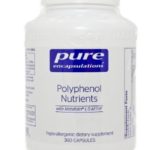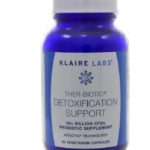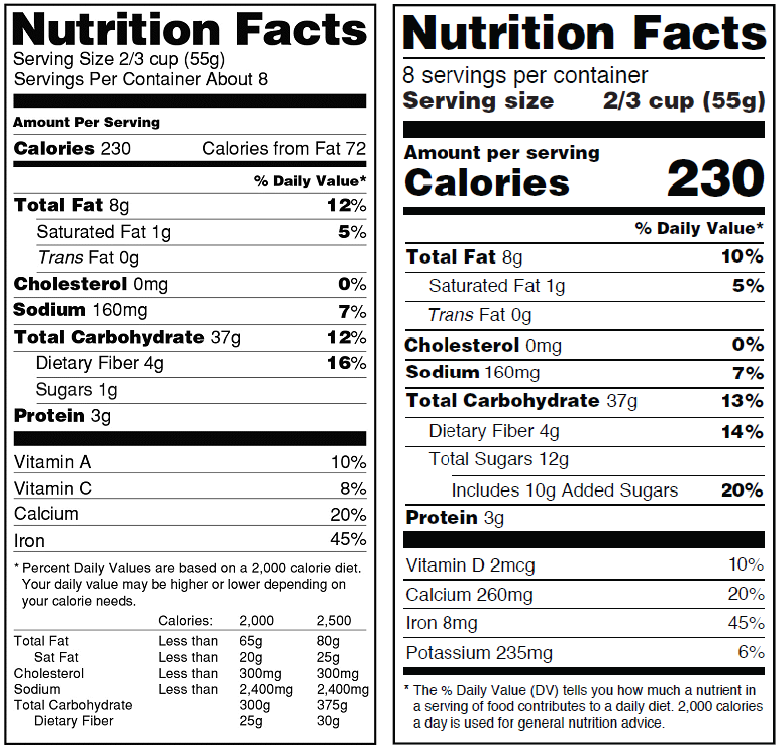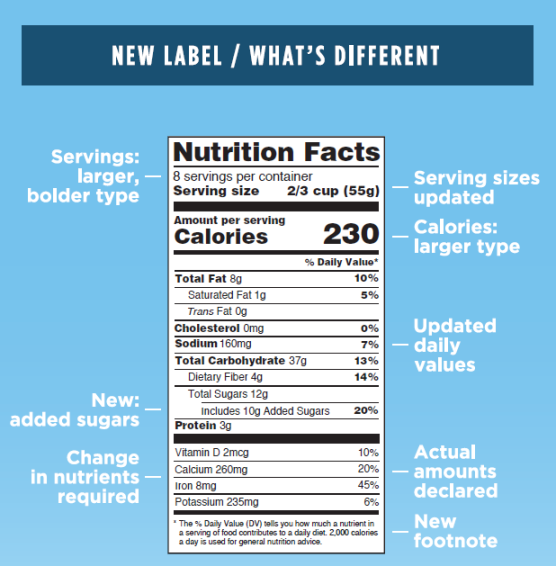BiotaGen
Klaire Labs
$22.95 5.3oz powder

Versatile prebiotic formula to optimize gut microflora, improve bowel function and support the immune system.
BiotaGen is a distinctive formulation of soluble dietary fiber with prebiotic activities that stimulates growth of colonic populations of beneficial bacteria and enhances gastrointestinal and systemic immune function in multiple ways. BiotaGen combines chicory inulin and oligofructose, highly effective prebiotics, with the immunomodulating actions of larch arabinogalactan and purified yeast beta-glucan.
Chicory-derived inulin and oligofructose are inulin-type fructans best known for their ability to sustain increases in populations of Bifidobacterium, Lactobacillus, and Eubacterium, an important butyrate-producing species indigenous to the bowel. By escaping digestion and absorption in the small intestine, inulin-type fructans arrive largely intact in the colon where they selectively feed beneficial gut microbiota. In addition, inulin-type fructans promote normal colon transit times, enhance absorption of calcium and magnesium, favorably modulate lipid levels, improve gut mucosal barrier and immune function, regulate intestinal epithelial cell growth, and reduce the number of potentially harmful bacterial species.
Arabinogalactan, a polysaccharide derived from the Western Larch tree, is a highly soluble dietary fiber that enhances immune function by promoting cytokine production and increasing the number of natural killer cells. Indigestible by human enzymes, arabinogalactan exerts prebiotic properties including the ability to selectively stimulate Lactobacillus species. Arabinogalactan is metabolized to short-chain fatty acids acetate, butyrate, and propionate and reduces ammonia production.
Beta-glucan, a glucose polysaccharide prebiotic fiber, has broad, beneficial effect on immune function through enhancement of monocytes, macrophages, and natural killer cells. Beta-glucan stimulates immune response to a wide spectrum of pathogens, including fungal (Candida albicans), Gram-positive (Staphylococcus aureus), and Gram-negative (Escherichia coli) microorganisms.
BiotaGen is recommended to nutritionally support optimal gastrointestinal function, promote populations of healthful colonic bacteria, and enhance gastrointestinal and systemic immune function. BiotaGen® works synergistically with probiotics to assure intestinal microflora balance. Available in both powder and vegetarian capsule form.
Servings Per Container: 30
1 to 2 scoops daily with food or as directed by a healthcare practitioner..
Serving Size: 1 Scoop (Approx. 1 teaspoon or 5 grams)
Amount Per Serving
Calories … 5g
Total Carbohydrate … 5g
Dietary Fiber … 4g
BiotaGen Prebiotic Blend … 5g
Inulin (derived from chicory root) Oligofructose (derived from chicory root)
Beta-Glucan (purified from Saccharomyces cerevisiae) Larch Arabinogalactan
(Larix occidentalis), dried water-soluble extract
Other Ingredients: None.





